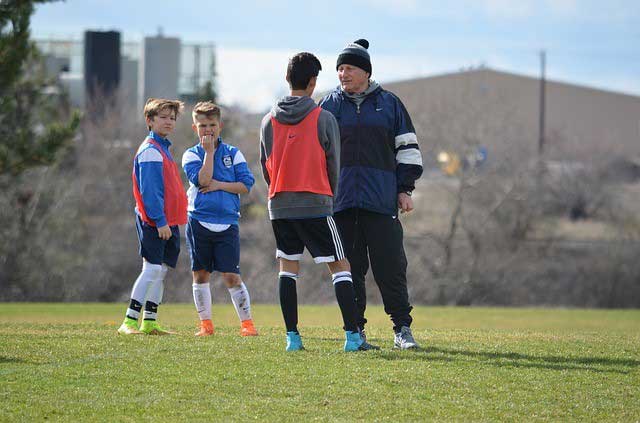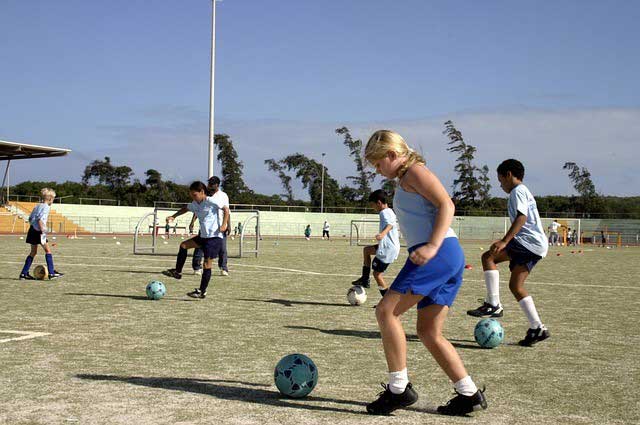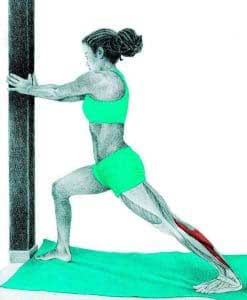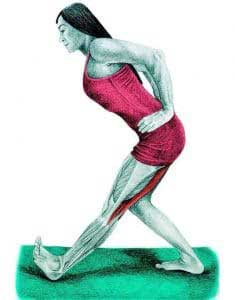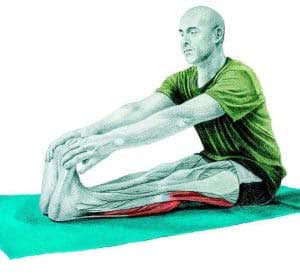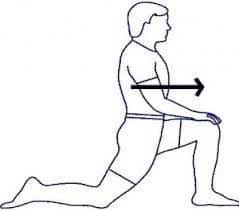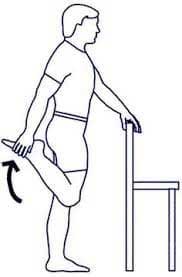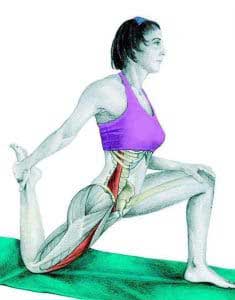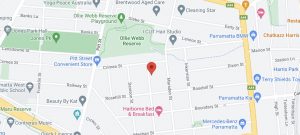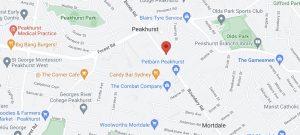Although each case varies depending on the uniqueness of the individual, these are the 4 essential factors that you can control, that will help your son or daughter recover from severe growing pains.
- Understand and restrict how many sessions of activity your child is performing. This will need an honest evaluation on your part and some discipline on your child’s part.
- Icing the affected area will go a long way in reducing the inflammation. Inflammation is the source of the pain and it needs to be greatly reduced.
- Stretching the relevant muscles that directly impact the growth plates will reduce the tension placed on them. Stretching should be a part of a young footballer’s daily habits.
- Seeking professional advice from a manual therapist may not only reduce their injury time but also help enhance their performance.
Understand exactly how many sessions per week your child is performing. This may include Club football, Academy Football, School Football as well as other school sports or activities that require running.
Count each training session and game as one session each. Count each school sports activity as one session each.
Finally, speak to your child and understand their activity levels at recess and lunchtimes at school. If they’re running around, then count each one of those as one session each.
Growing pains example
- In this example, (1)in brackets will highlight sessions of sport.
Jake is a skilled U’13s football player playing in the NSW Premier League for his club. He trains twice a week with his club (2) and plays 1 game per week (1). Jake also attends an Elite Football Academy twice per week (2) for technical training. Jake is still playing indoor futsal 1 day a week (1) as he enjoys it with his friends. At Jake’s school, he also plays for the school football team. He trains once a week (1) and plays once a week (1) there. As part of Jake’s schooling, PD/Health/PE is a subject where he is playing a sport once a week (1). Jake is an active and social kid. His friends at school love playing soccer with him because he is talented. He generally plays a small soccer game with his school friends at lunchtime at least 3 days out of 5 (3).
Taking this example and adding all the numbers up in the brackets, we can see Jake is performing 12 sessions of high-impact activity per week. Often on very hard synthetic surfaces, and more than once a day without adequate rest. Is it any wonder that his growth plates are inflamed?! This is growing pains in action.
The first step is to reduce the activity level to no more than 4 sessions per week, making sure there is never more than one session per day.
At this point figure out what is essential for your child and stick to that. Often it will be his club football and reduced Academy time.
- Second Step is to ice the affected area and reduce inflammation. For the knee, you will need to make an ice pack that will last over 40mins. Your standard pharmacy ice packs just won’t do the trick. Follow these steps to make the ice pack.
- You’ll need 3 sealable sandwich bags and a tray of ice from the freezer. Empty the tray of ice into a bag and seal the bag.
- Now, before you seal the bag, try and vacuum the bag by sucking the remaining air out of the bag, then quickly seal it.
- Put it in a second bag and repeat the vacuum/seal process. Put it in a third bag and repeat the vacuum/seal process.
- Place the bag just under the knee cap and wrap it in place with plastic cling wrap. Make sure it’s secured firmly and that it won’t slip down.
- Leave the ice pack on until it totally melts. This must be done every evening
For the heel, you’ll need an ice bottle that you will use to ice massage the under surface of the foot. Follow these steps to make the ice bottle.
- You’ll need a 600mL plastic bottle of soft drink. Make sure it has an hour glass shape to it.
- Empty the drink out and fill it up with water, leaving a bit off the top. Close the bottle and place it in the freezer overnight.
- Lay the frozen bottle flat down onto a folded towel. Place the under surface of the foot into the groove of the bottle.
- Firmly apply downward pressure and massage the foot, rolling the foot firmly onto the bottle backwards and forwards.
- Do this for 15-20mins every night.
- Stretching certain muscles of the leg are hugely important in relieving pressure off the growth plate.
For knee pain, quadriceps (quad) and hip-flexor stretches and essential. For heel pain, calf and hamstring stretches are important.
Perform Group 1 stretches for heel pain and Group 2 stretches for knee pain. Hold each stretch for 1 min. Repeat 3 times per stretch.
Follow the diagrams below that will outline performing the stretches.
Group 1
Group 2
4. Manual Therapy will also help reduce the tension in the young athlete’s body. By diagnosing treating any underlying mechanical restrictions in the body, the tension on the growth plates may be reduced.
For example, your child may have an underlying problem in the foot and ankle that may place added pressure on his or her legs. This can be diagnosed and treated to aid your child.
If the condition is at an advanced phase, seeking professional help may help stem the pain and kick start the healing process.
The therapist can also advise on nutrition and hydration to aid in recovery and enhance sports performance.
To find out how a professional can help you and your child overcome growing pains, please call the Sports Medicine Clinic at Parramatta (98905844) or Peakhurst (95849364). You can also email us on admin@sportsmedicineclinic.com.au
If you’re a parent who is keen on your child’s safety and performance, download the Parent’s Guide to Game Day eBook. Over 20 years of experience has gone into preparing this guide. It’s a great reference for the basics in preparing your son or daughter for what is usually the highlight of their week. Get it here for free.
Soon enough, you’ll be telling your secrets to the other parents whose kids are limping around! Get in touch to learn more about growing pains.
Dr Sami Karam – Thursday, May 26, 2016
A bit about the Author
Dr. Sami Karam
Osteopath
A little extra about me. I’ve been a qualified Osteopath since 2004. I’ve been playing football ever since I could remember and I have a passion for it. I’ve played at the highest level in the NSW State League at both Youth and Senior levels, and have also been Head Physician at numerous State League Clubs. I’ve travelled internationally and consulted with Sports academies in Barcelona and Italy. I have a special interest in Strength and Conditioning for footballers, as I believe it gives them an edge in their physical competition. My passion involves bringing all of this knowledge into every single treatment that I provide for all athletes. If you feel that I can help you and want to reach out to me, just click here.


